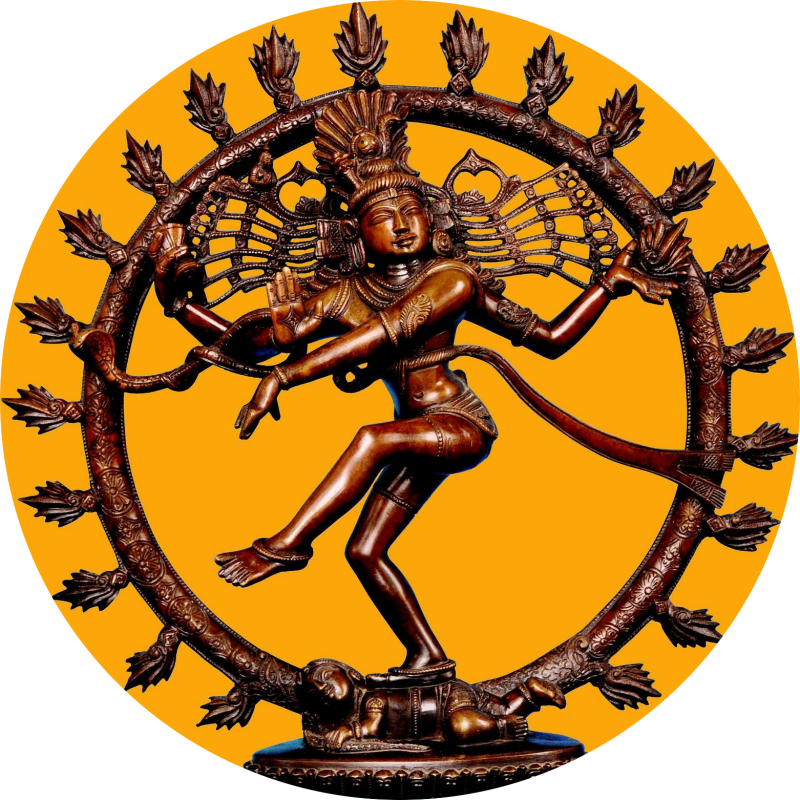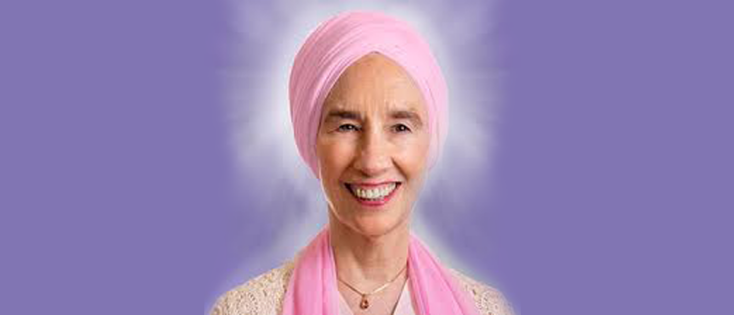Author: Usha Uppal.
Tantra is shrouded with mystery and is often associated with sex. You probably have heard about tantra before and might have decided it is not for you. In this article, you can learn what it is, about mysticism, and how the practice of tantra can involve sexuality. We also explain the relation between tantra and kundalini yoga. Finally, we discuss the difference between sacred sex and tantra.
Read on for more information about this fascinating ancient Hindu philosophy. You may feel encouraged to start your tantric practice and become a mystic!
Mysticism
Tantra represents the mystical side of Hinduism and is said to be more ancient than Hinduism. It is not dogmatic and free from social norms: it is a state of mind. Tantra philosophy surpasses judgment: how can a mystic judge the Divine? Or, how can a mystic exclude anything that is an expression of the Divine? Instead, the mystic will plunge into the unknown, surrender, and accept.
Mystics worldwide have since long lived free from religion and dogma: their goal was to communicate directly with the Divine (God, the Universe, whatever you feel comfortable with). In mystic traditions, this relationship with the Divine is often represented as a marriage. This relationship is expressed in the visual arts and poetry. In Islamic mystical poetry, a man falling in love with a woman represents the union of disciple and the Divine. It is a metaphor about the disciple falling in love with the Divine. Falling in love with the Divine is like being born: one is full of joy and wonder, and human physical experience merges with Divine presence.
All major religions have their mystical counterparts:
- The Catharic gnostic people in Europe (Christianity)
- The ancient Tao mystics in China (Taoism)
- The Japanese Shinto mystics (Shintoism)
- The Sufi mystics (Sufism)
- Kabbalistic mystics (Judaism)
- The Zen masters (Buddhism)
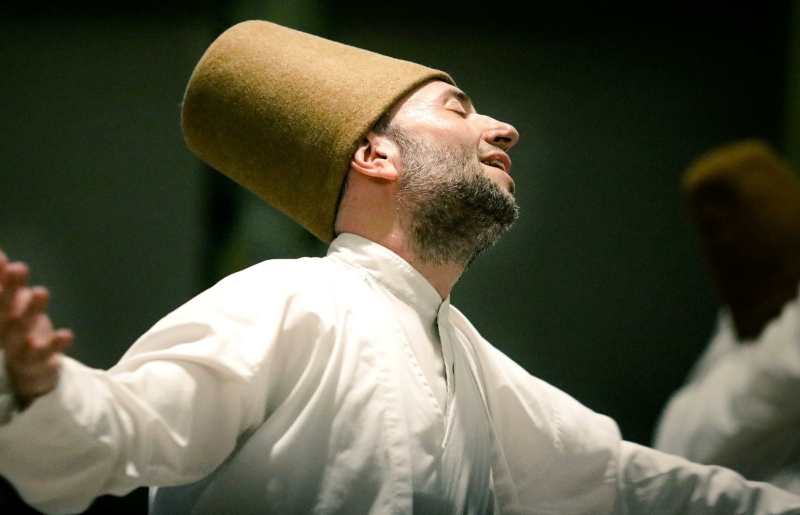
Mystics in general have traditionally been solitary; they were married to the Divine and did not need to complement their life with a physical counterpart such as a partner. The tantric practice could, however, involve sexuality. Sexuality was not a means to create children but to become one with God and to create on a higher, non-physical level. The tantric mystics were living outside of society; they were not married; they were married to God. Their goal was not to make a living and have kids but to always be in union with God, to be enlightened.
In ancient India, Hindu yogis devoted their lives to the union with the Divine. They were tantrics, in direct communication with God, and they had their own tradition and techniques. Tantrics in ancient India were trained in meditation, abstinence, and fasting. They were subjected to long preparations before they were allowed to learn the tantric techniques. One had to be an initiate to receive the teachings. These teachings were secret and involved chanting, meditations, postures, and breathing techniques. Sometimes the initiated would be taught meditation practices that would include sexuality.
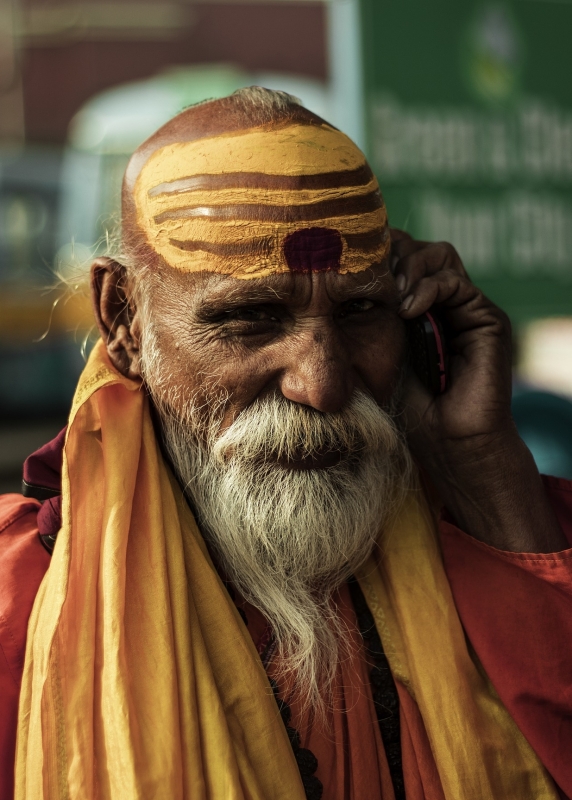
Tantra means becoming a mystic. A mystic revels in the mysteries of life. In tantra, the mystic devotes his entire life to the beauty and mystery of existence. One can experience the Divine while being on earth by embracing the Divine. When a mystic experiences this connection with the Divine, they can experience euphoria or a multi-orgasmic experience. We all know how powerful it is to fall in love with someone and how this can heighten sexual feelings. Just imagine falling in love with the Divine.
Transcending duality: shiva shakti
Tantra enables the practitioner to connect with the Divine and experience the Divine while living in a human body on earth. Tantra is a way to transcend duality as we know it on earth: the female principle (Shakti) and the masculine principle (Shiva).
In tantra, there is a union between the opposites Shiva (male energy) and Shakti (female energy). This union is represented by the lingam, the phallic symbol, and the yoni, the round symbol. In nearly every temple in India (public temples and temples in the homes of Hindus), there is a shiva lingam set unto a yoni. Contrary to what many people think, the lingam and the yoni do not represent the genitals of humans. They symbolize the male and the female principle of the Divine, and their respective powers. 
In tantric art, this marriage between the male and female is represented by the circle (the female) and the dot (the male).
Shiva represents the masculine side of creation and is formless; it symbolizes consciousness. Shakti represents the female side of existence and symbolizes manifestation. When Shiva and Shakti merge, one can experience the Divine, becoming the co-creator of reality and experiencing a union with God.
Tantra is a Sanskrit word: 'tan' means expansion, and 'tra' means liberation. The tantric frees him or herself from earthly confinement and expands their consciousness. Tantra is a way to reach enlightenment.
Tantric techniques: using sexual energy to expand consciousness
One can use the sexual energy of the female or male physical body, to raise their consciousness.This is a spiritual use of sexual energy. In this respect, sexual energy is the road to a meeting of the Divine and the body is the vessel.
Those who practice tantric techniques aim to free the soul and expand their consciousness. This can be done in various ways, sex being just one of them. Lust is not the motivation for having sex, for a tantric. Union with God is the goal. A true tantric is the master of his sexuality; he can direct it and has worked and practiced for many years to master it.
Tantrics use their body as a vessel for the Divine, but they do not identify with the body. One could argue that when a tantric is transcending duality, he moves past the attachment of emotions, thoughts, identity, and body. Transcending duality can take years, or even many lives. It takes a lot of practice to be conscious and never to leave the connection with God.
A tantric may appear like a fool temporarily, once the kundalini has risen. Being a mystic, however, does not mean that one must stop thinking, working, doing, or carrying out responsibilities. It is a state of consciousness that does not depend on a specific way of life.
You can find a mystic on a street corner, selling fruit: he who has the eyes to see will recognize the mystic. The mystic does not fit any category. The mystic is alone but he is not lonely, because he is dancing with the Universe.

Sexual energy and life force energy
Kundalini is our life force energy and usually lies coiled up at the base of our spine; hence the representation of a snake. When the kundalini rises, that life force energy uncoils and rises along our spine. In short: the kundalini travels upward along the seven chakras till it reaches the crown chakra and travels back to the base of the spine. In kundalini yoga, one can learn how to activate this life force.
When the kundalini rises, one can experience euphoria, a multi-orgasmic state of being. One can see how beyond illusion, know that life is a dream, and live in absolute truth with God. In this respect, one could argue that tantra is part of kundalini yoga and vice versa.
Tantra and kundalini yoga
Sexual energy is a part of our life force energy, our kundalini. If one is trained to be conscious of this energy and can direct this energy, this sexual energy becomes a portal to the spiritual realms. The awakening of the kundalini may also lead to heightened levels of sexuality.
The founder of kundalini yoga, Guru Bhajan, was trained by yogis in India and has brought tantric knowledge to the West. He has blended aspects of tantra with elements of yoga to enable people in the West to achieve their highest potential. Now people did not have to become a yogi as was custom in India, but they could become modern yogis, live in society, and yet harvest the fruits of tantric yogic practice.
We can conclude by saying that tantra and kundalini yoga are interrelated. If we look at the differences: tantra is focused on reaching the highest state of consciousness, on being one with God. Kundalini yoga focuses on all aspects of life: being healthy, our emotions, being successful, healthy relationships, and so on. There are many kriyas, and each has its effect. Overall, one could say that kundalini yoga, as the name tells us, is geared towards letting our chakras flow for the kundalini to rise. One can experience God (the Light, Universe) when the kundalini rises.
If we look at the journey of the kundalini, moving past the chakras up to the crown chakra where the thousand-petalled lotus opens, we will see that it leads to enlightenment eventually. Each chakra has its function, and by healing obstacles in the chakras, they will flow more fluently, enabling the kundalini to rise. So the healing of our body, our emotions and sexuality, and letting go of opinions and judgment makes our chakras flow. We can not just jump to the crown chakra and claim that the kundalini has risen and claim enlightenment. It will not carry truth.
We are humans, and the human experience is vast. Our ego is stubborn and strong: it wants to exist and keeps playing games until we become masters. According to Hindu philosophy, it takes many lives to reach this highest state of consciousness.
Kundalini yoga is a system that we can work with to cleanse our chakras, to let them spin and flow smoothly. In time, after practice, we may feel the kundalini rise. In the ancient tantric tradition, yogis did just that. They knew that they had to overcome their ego, and let their chakras flow, to expand their consciousness.
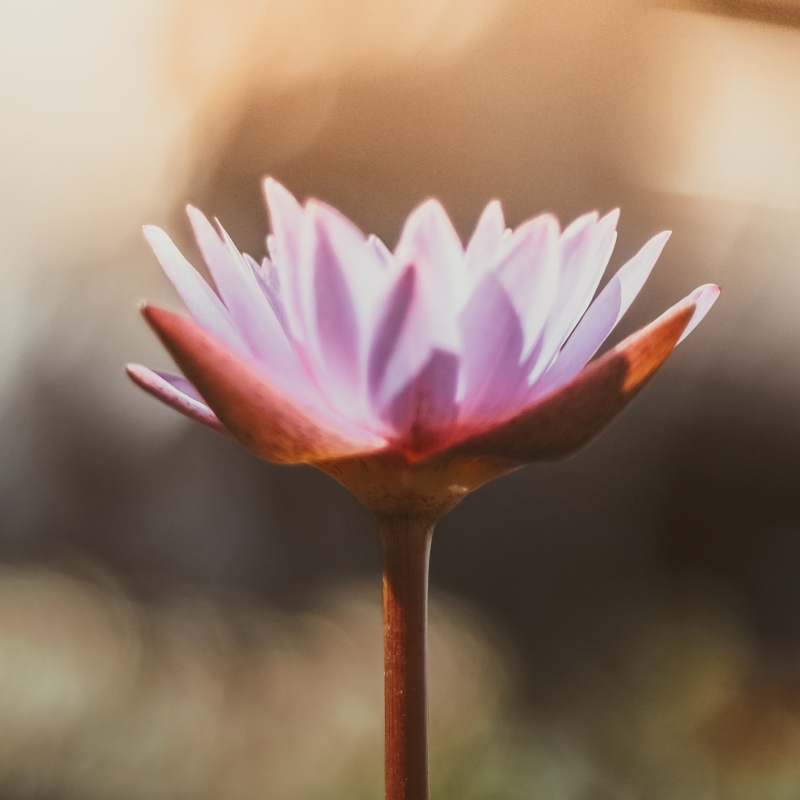
We can conclude that tantra is a big part of kundalini yoga and that kundalini yoga breaks it down for us. It has made tantra accessible to us.
Creation
Now let us look at the differences between non-tantric sex and sex.
When people have non-tantric sex, they can create children. When people have tantric sex, they can create reality. They create not on a physical level, it is not procreation; they create on a spiritual level.
Suppose all that is manifested in the physical world arises from the spiritual. In that case, one can understand that, ultimately, tantrics create life as well. They shape reality and they manifest by projecting their willpower spiritually.
The orgasmic state of being
Then there is the orgasmic state of being, achieved when one taps into the Divine consciousness. This euphoric orgasmic state of being is spiritual, not physical. A mystic does not adhere to dogma and accepts that there can bodily pleasure. Lust and bodily pleasure are just not the motivation for a tantric to have sex.
Male tantrics do not have a discharge when sexually active, since tantrics are engaged in creation on a spiritual level. They do not want to 'lose' their life force energy by having an orgasm. Instead, they use their sexual energy to achieve even higher levels of consciousness. They are in control of their sexuality and know exactly which way it has to travel. One could see the withholding of ejaculation as a sublimation of sexual energy.
The withholding of the discharge can lead to a multi-orgasmic state of being, and this is the focus for a tantric when engaged in sex.
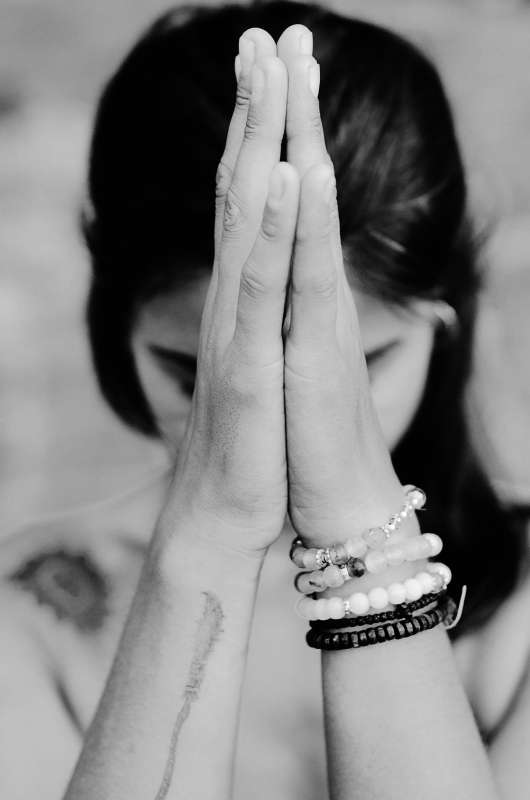
Is sacred sex the same as tantra?
There is confusion about sacred sex and tantra: tantra is not eroticism or sensuality. In the media, often, the sexual component of tantra is mentioned but portrayed as something different. Tantric massage, for example, is more about eroticism, sensuality, and sex than tantric practice. There is nothing wrong with tantric massage; it is just not rooted in the tantric tradition and does not have the same effects as tantric practices.
Sexuality is just one of the ways in which a tantric can access the Divine: sexuality is not the same as tantra. Tantra is fundamentally spiritual, meaning it is about achieving a heightened state of consciousness.
Meditating and experiencing heightened feelings of pleasure and sensuality is sacred sex, not tantra. Sacred sex is not less than tantra; it is just different. In sacred sex, singles and couples can strengthen the connection between the navel chakra (sexuality, emotions) and the heart chakra (love for others, self-love). This strengthening of the navel and heart connection can have significant healing effects on practitioners, and yet it is not tantra.
The tantric practice focuses on the union with the Divine, even if one practices meditations that involve the sexual. In tantric practice, the body is a vessel for Divine energy, and sexuality is a way to meet God. The goal is not sensuality or pleasure; those are byproducts of the tantric.
In sacred sex, sexual energy, pleasure, sensuality and love are the focus, with a partner or without. Sacred sex can be meditative, even a healing experience. By practicing sacred sex, one can expand their consciousness, and heighten their awareness. And yet the practice of sacred sex is not the same as tantra, because in tantra sex is only used as a way to meet the Divine, and in sacred sex, the focus is also on the worldly and the physical aspects of life.
Conclusion
If you long for a deeper connection with the Divine, then tantra could be just what you are looking for. In tantra, you can find joy and bliss. Tantra means diving into the unknown: a mystic knows not; he is like a child, in wonder and awe of this world. Every moment is a creation of God and is a celebration of the Divine.
If you would like to learn more about tantra, you might want to check out these online courses:
Introduction Training Tantra: here you learn all about tantra. You will experience it, learn about tantra techniques, and how to incorporate this into your daily life.
Tantric Coach Training: in this training, you learn how to become a tantric coach. You learn all about tantra, and you learn how to coach others. You will learn about coaching ethics, techniques, and tools that will help you to set up a successful business as a coach.
